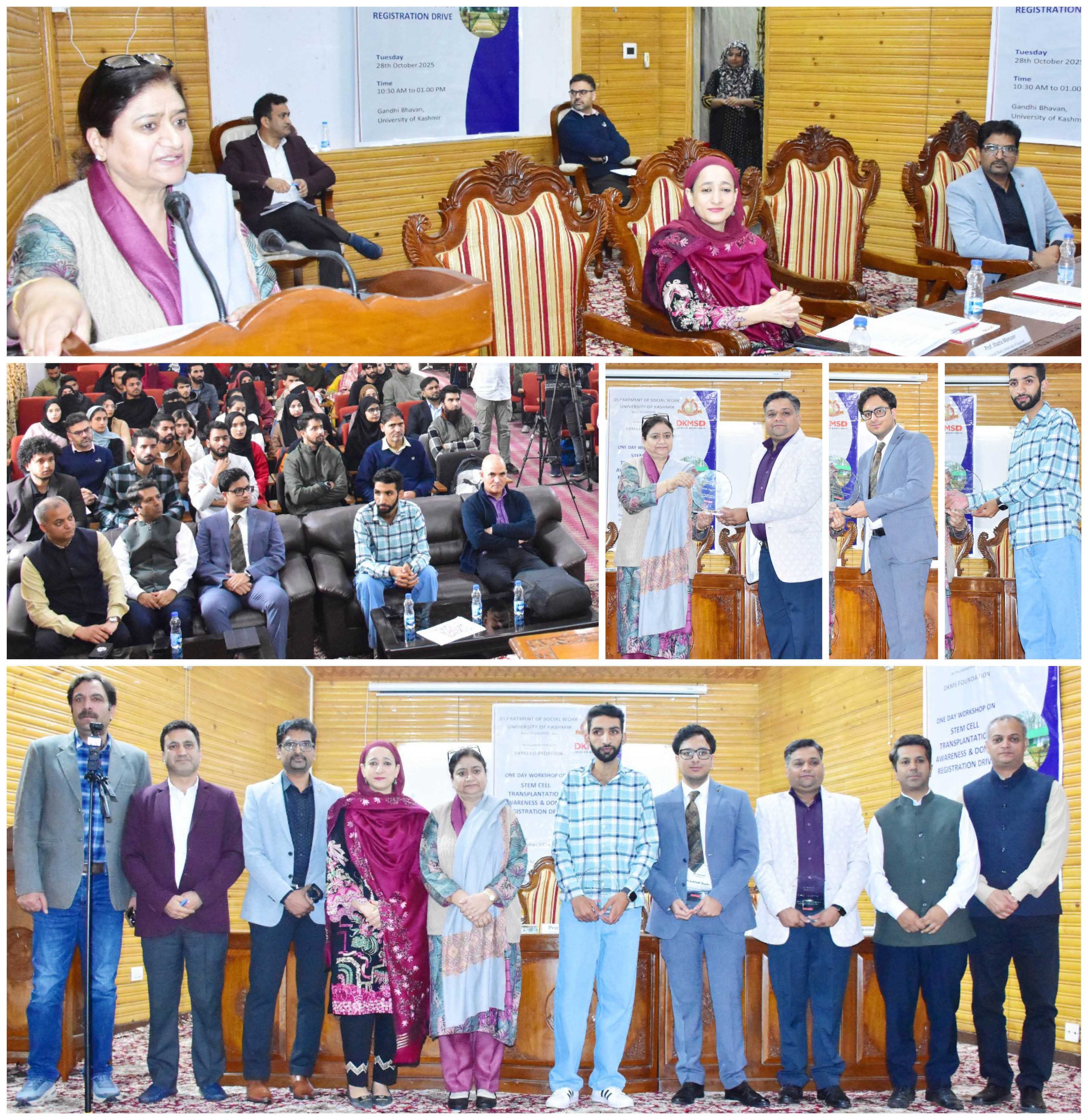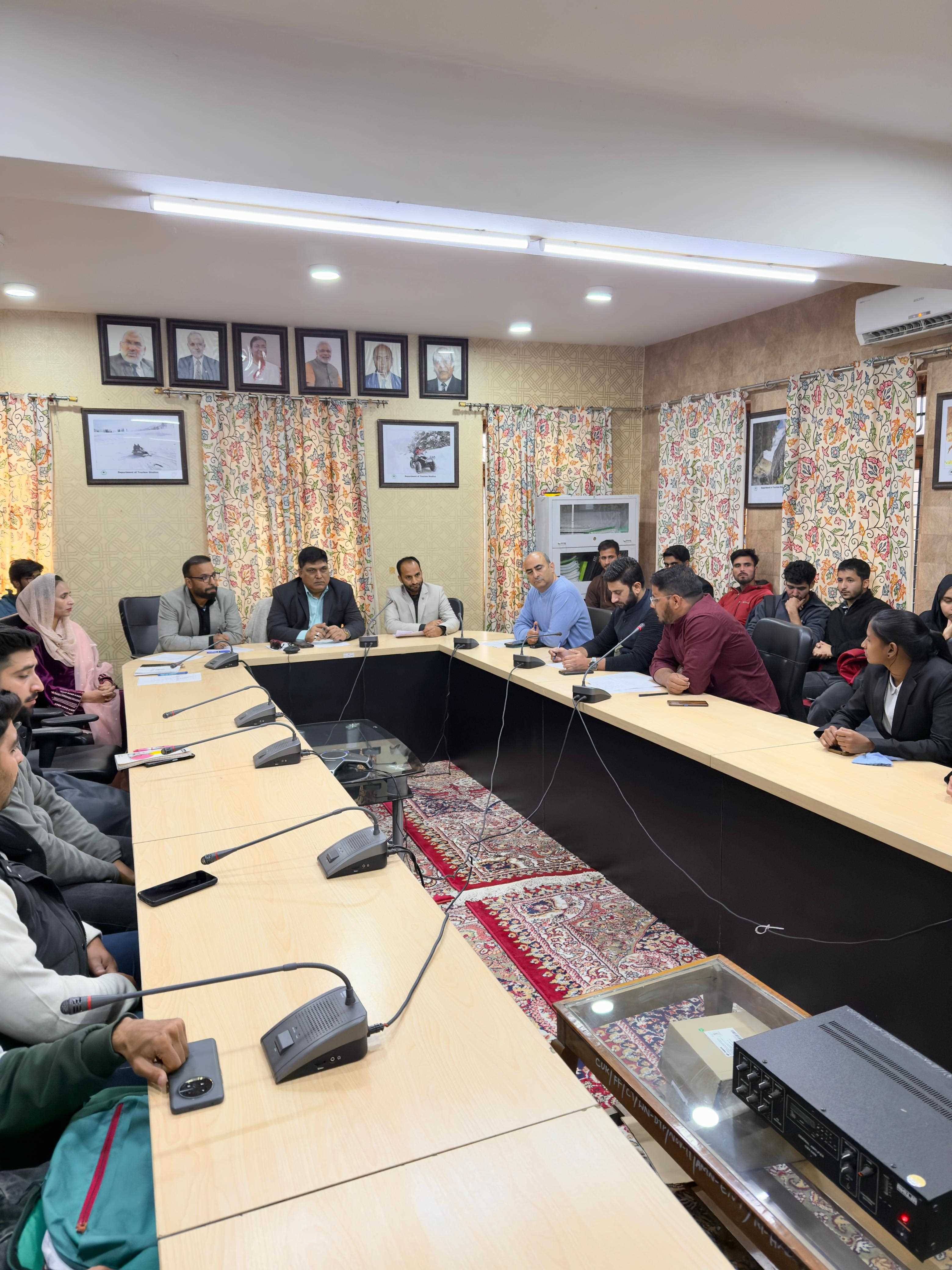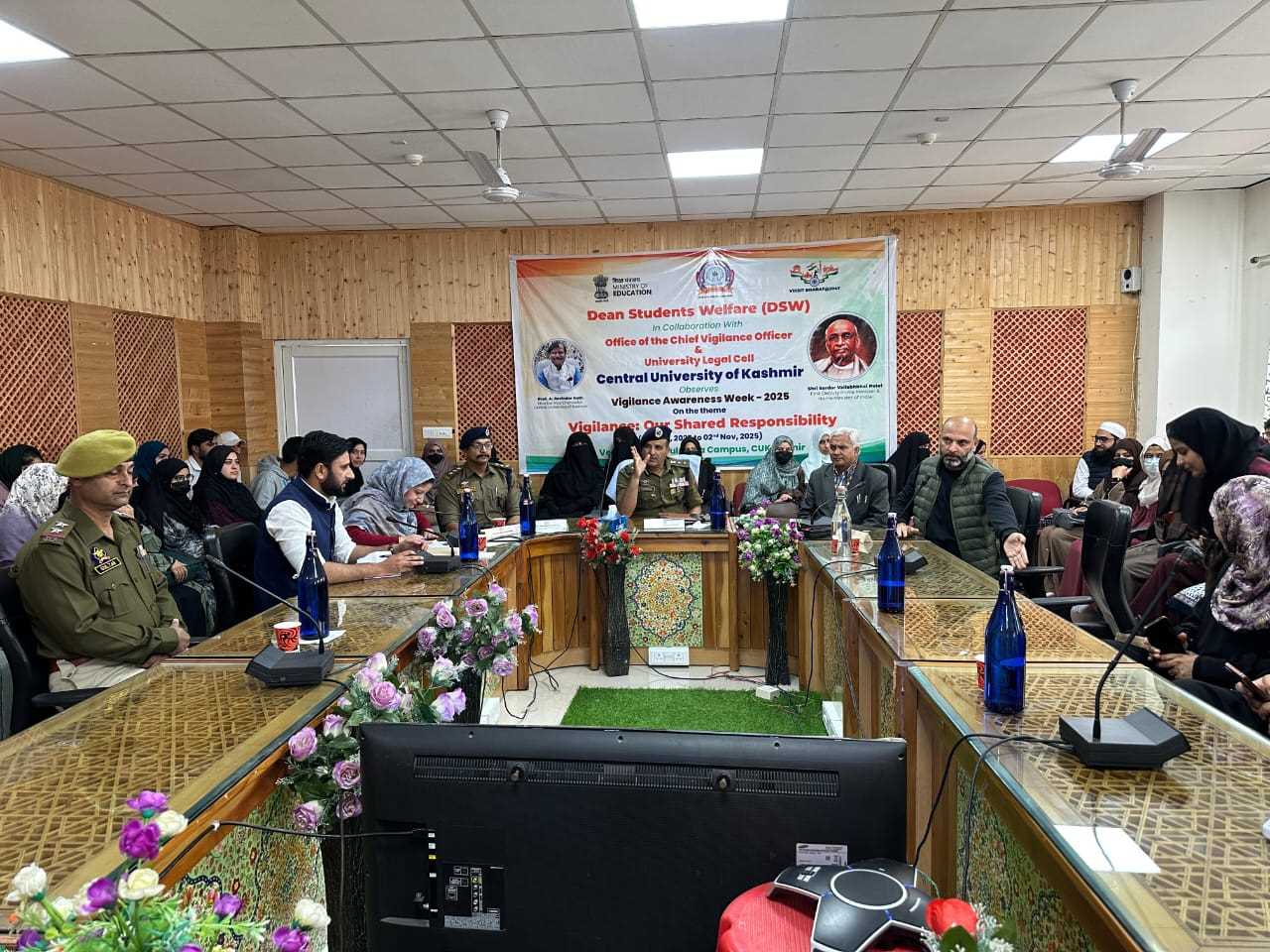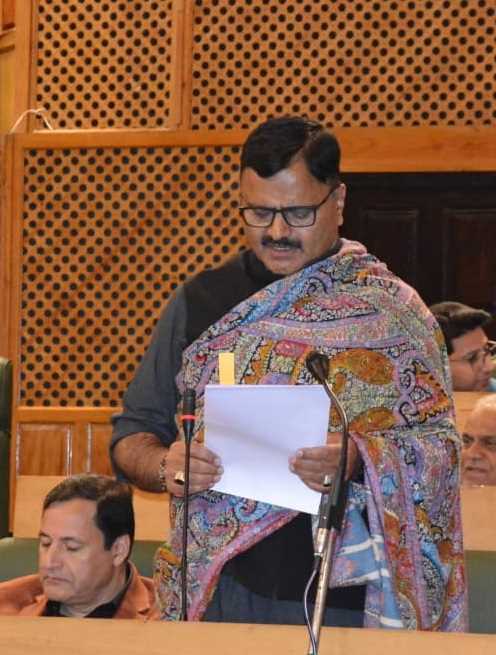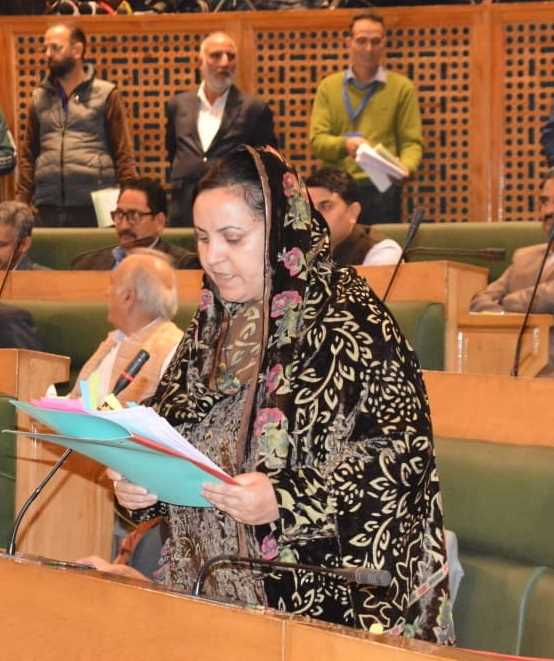Speed has long been associated with excitement and thrill, often glorified in media and culture as a symbol of freedom and prowess. However, when taken to the roads, excessive speed transforms from a source of exhilaration into a significant public safety hazard. The phrase "Speed thrills, but it kills" serves as a solemn reminder of the devastating consequences of reckless driving and speeding.
The Impact of Speeding on Road Safety
Excessive speed is one of the leading contributors to road accidents worldwide. Studies by the World Health Organization (WHO) indicate that speed-related incidents account for nearly one-third of all road fatalities in developed nations and up to half in developing countries. Speeding not only increases the likelihood of accidents but also amplifies the severity of injuries and fatalities when collisions occur.
The correlation between speed and accidents is stark. Higher speeds reduce the time available for drivers to react to obstacles, increase the distance required to stop a vehicle, and intensify the force of impact during a crash. This dangerous combination makes speeding a critical factor in many preventable road tragedies.
The Psychology Behind Speeding
Several psychological factors contribute to the prevalence of speeding. For some, the adrenaline rush that comes with driving at high speeds creates a false sense of control and invincibility. Among younger drivers, peer pressure often plays a significant role, with speeding perceived as a display of confidence or skill. Overconfidence in one’s driving abilities also leads many individuals to underestimate risks, dismissing speed limits as unnecessary restrictions.
The Human Cost of Reckless Speed
The consequences of speeding extend far beyond the driver. Every crash caused by excessive speed places countless lives at risk—passengers, pedestrians, and other road users often bear the tragic outcomes of one person’s recklessness. Beyond the immediate loss of life, these accidents leave lasting scars on families and communities. Survivors frequently endure lifelong disabilities, emotional trauma, and financial hardships, further compounding the societal toll of speeding.
Strategies to Combat Speeding
Addressing the dangers of speeding requires a multifaceted approach involving individuals, communities, and governments. Public awareness campaigns are essential in educating drivers about the risks of speeding and promoting responsible behavior on the roads. Governments must enforce stricter penalties for speed violations and employ technological solutions such as speed cameras and vehicle speed limiters to deter offenders.
Additionally, advancements in automotive technology, such as automatic braking systems and collision avoidance features, can play a vital role in reducing accidents. Families and communities also bear a responsibility to instil safe driving habits, particularly among young drivers who are more likely to engage in risky behaviours.
A Call to Drive Responsibly
The choice to speed is often a momentary one, but its consequences can last a lifetime. Every driver holds the power to ensure their safety and the safety of others by adhering to speed limits and driving responsibly. It is crucial to remember that roads are not racetracks and that every life is precious.
While speed may offer a fleeting sense of thrill, its potential to destroy lives is undeniable. Let us commit to making responsible choices behind the wheel, ensuring that our roads are safe for everyone. In the end, the time saved by speeding is never worth the irreversible cost it might bring.
"Speed thrills, but it kills. Drive responsibly, and save lives."
Email:---------------------ubwrites8@gmail.com


